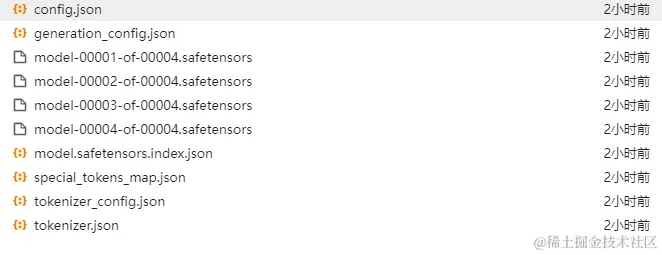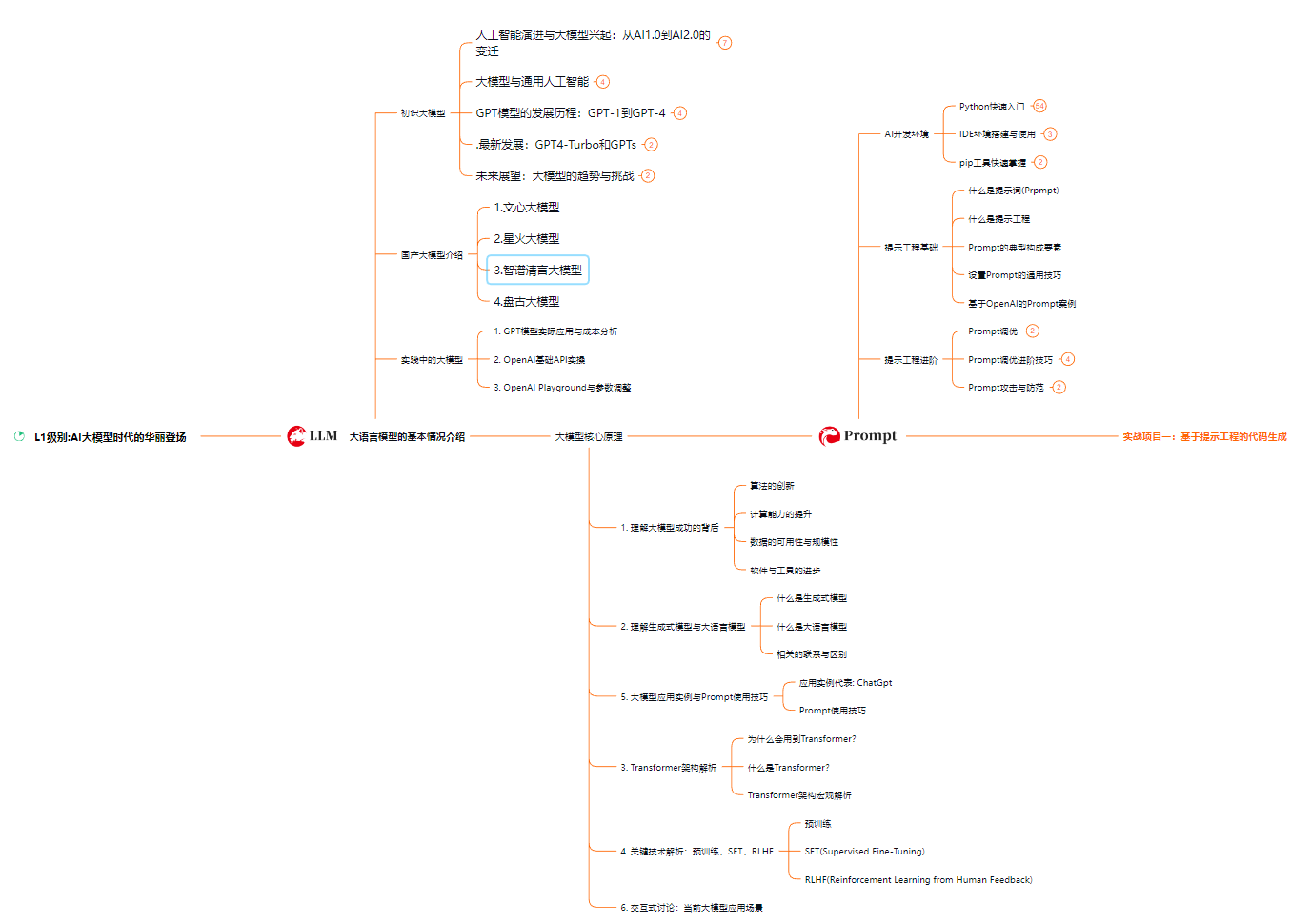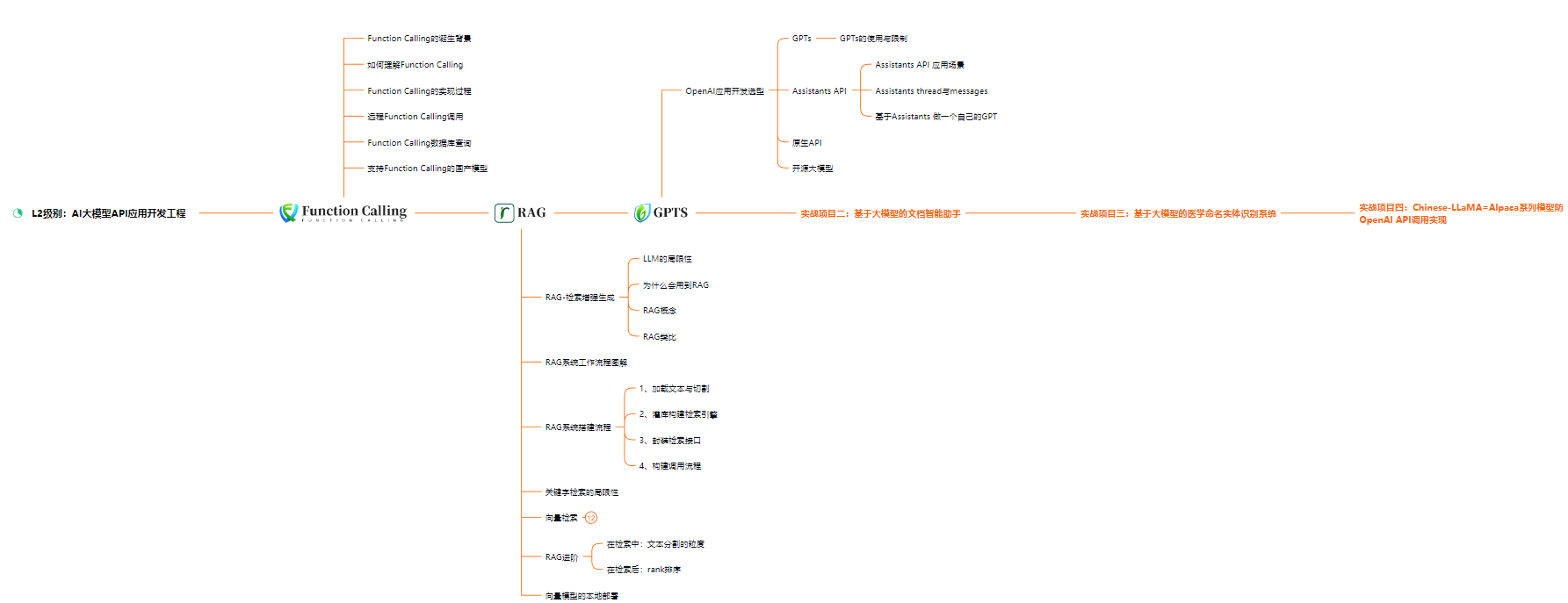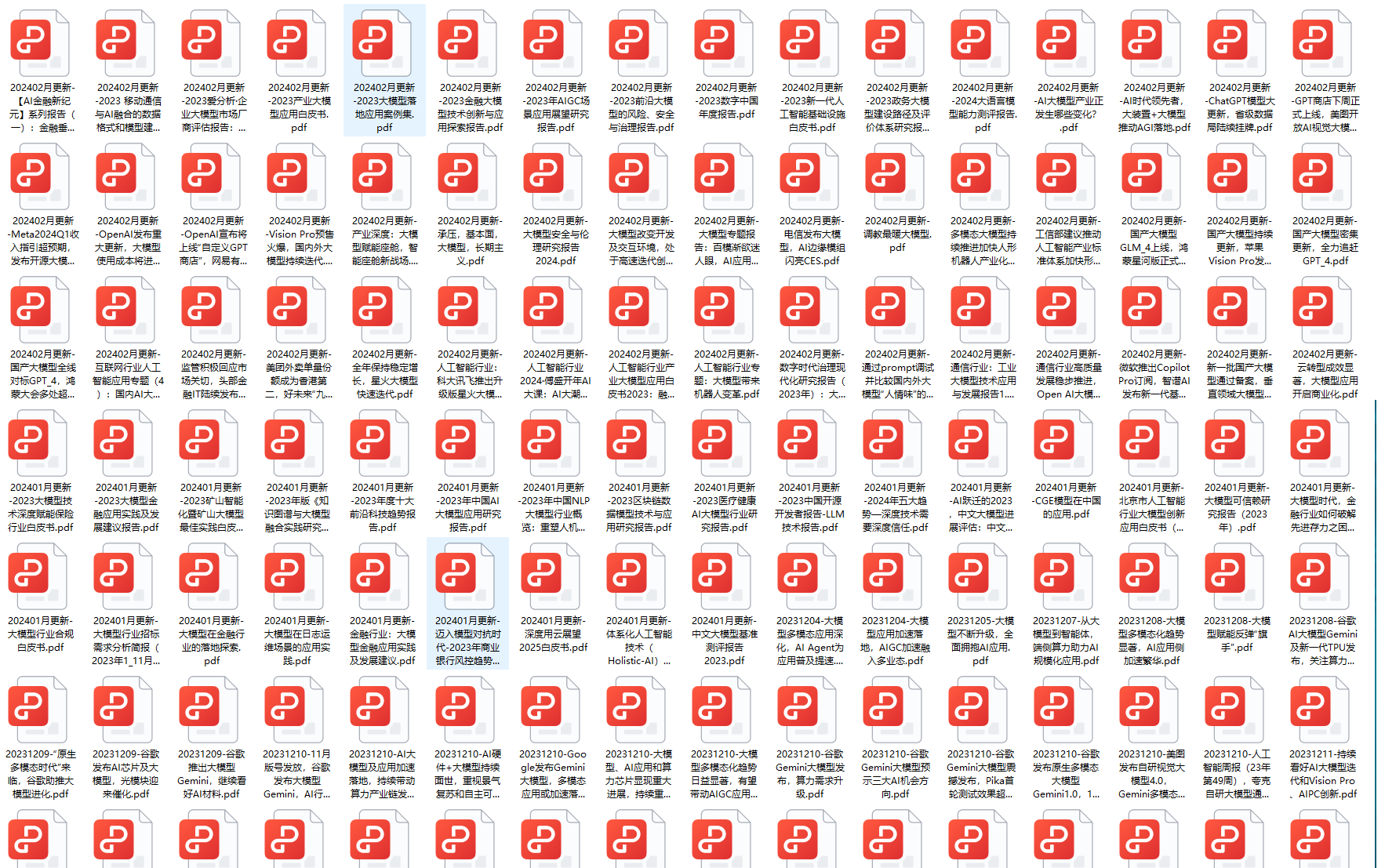微调Llama3-Chinese-8B-Instruct
微调是指在大规模预训练的基础模型上,使用特定领域或任务数据集进行少量迭代训练,以调整模型参数,提升其在特定任务上的表现。这种方法可以充分利用预训练模型的广泛知识,同时针对特定应用进行优化,达到更精准高效的效果。
Llama-3-Chinese-8B-Instruct
Llama-2已经表现的很出色了,但其仅使用了2万亿Token进行训练。相比之下,Llama-3使用了高达15万亿Token进行训练,这必将大幅提升其实力,令人高度期待。
Llama-3-Chinese-Instruct是基于Meta Llama-3的中文开源大模型,其在原版Llama-3的基础上使用了大规模中文数据进行增量预训练,并且使用精选指令数据进行精调,进一步提升了中文基础语义和指令理解能力,相比二代相关模型获得了显著性能提升。
GitHub:https://github.com/ymcui/Chinese-LLaMA-Alpaca-3
Unsloth
Unsloth是一个开源的大模型训练加速项目,可以显著提升大模型的训练速度(提高2-5 倍),减少显存占用(最大减少80%)
特点如下:
复制代码所有内核均采用OpenAI 的Triton语言编写
模型训练的精度损失为零
支持绝大多数主流的GPU设备
支持对LoRA和QLoRA的训练加速和高效显存管理
支持Flash Attention加速
开源训练速度最高达5倍,Unsloth Pro最高达30倍的训练速度
Unsloth与HuggingFace生态兼容,可以很容易将其与transformers、peft、trl等代码库进行结合GitHub:https://github.com/unslothai/unsloth
文档:https://github.com/unslothai/unsloth/wiki
😝有需要的小伙伴,可以V扫描下方二维码免费领取🆓
 ## 环境设置
## 环境设置
创建虚拟环境
python
python复制代码conda create --name unsloth_env python=3.10
conda activate unsloth_env安装相关依赖
python
python复制代码!pip install "unsloth[colab-new] @ git+https://github.com/unslothai/unsloth.git"
!pip install --no-deps "xformers<0.0.26" trl peft accelerate bitsandbytes
!pip install modelscope 下载预训练模型
支持的预置4位量化模型,可实现4倍更快的下载速度和无OOM。更多模型请查看https://huggingface.co/unsloth
python
python复制代码fourbit_models = [
"unsloth/mistral-7b-bnb-4bit",
"unsloth/mistral-7b-instruct-v0.2-bnb-4bit",
"unsloth/llama-2-7b-bnb-4bit",
"unsloth/gemma-7b-bnb-4bit",
"unsloth/gemma-7b-it-bnb-4bit", # Gemma 7b的Instruct版本
"unsloth/gemma-2b-bnb-4bit",
"unsloth/gemma-2b-it-bnb-4bit", # Gemma 2b的Instruct版本
"unsloth/llama-3-8b-bnb-4bit", # 15万亿令牌的Llama-3
]这里不使用预置4位量化模型,使用modelscope下载Llama3-Chinese-8B-Instruct中文开源大模型
python
python复制代码from modelscope import snapshot_download
model_dir = snapshot_download('FlagAlpha/Llama3-Chinese-8B-Instruct',cache_dir="/root/models")加载model、tokenizer
python
python复制代码from unsloth import FastLanguageModel
import torch
model, tokenizer = FastLanguageModel.from_pretrained(
model_name = "/root/models/Llama3-Chinese-8B-Instruct", # 模型路径
max_seq_length = 2048, # 可以设置为任何值内部做了自适应处理
dtype = torch.float16, # 数据类型使用float16
load_in_4bit = True, # 使用4bit量化来减少内存使用
)设置LoRA训练参数
LoRA (Low-Rank Adaptation)是一种大语言模型的低阶适配器技术,可在模型微调过程中,只更新整个模型参数的1%到10%左右,而不是全部参数。通过这种方式实现有效的模型微调和优化,提高了模型在特定任务上的性能。
python
python复制代码model = FastLanguageModel.get_peft_model(
model,
r = 16, # 选择任何大于0的数字!建议使用8、16、32、64、128
target_modules = ["q_proj", "k_proj", "v_proj", "o_proj",
"gate_proj", "up_proj", "down_proj",],
lora_alpha = 16,
lora_dropout = 0, # 支持任何值,但等于0时经过优化
bias = "none", # 支持任何值,但等于"none"时经过优化
# [NEW] "unsloth" 使用的VRAM减少30%,适用于2倍更大的批处理大小!
use_gradient_checkpointing = "unsloth", # True或"unsloth"适用于非常长的上下文
random_state = 3407,
use_rslora = False, # 支持排名稳定的LoRA
loftq_config = None, # 和LoftQ
)准备数据集
准备数据集其实就是指令集构建,LLM的微调一般指指令微调过程。所谓指令微调,就是使用指定的微调数据格式、形式。
训练目标是让模型具有理解并遵循用户指令的能力。因此在指令集构建时,应该针对目标任务,针对性的构建任务指令集。
这里使用alpaca格式的数据集,格式形式如下:
python
python复制代码[
{
"instruction": "用户指令(必填)",
"input": "用户输入(选填)",
"output": "模型回答(必填)",
},
"system": "系统提示词(选填)",
"history": [
["第一轮指令(选填)", "第一轮回答(选填)"],
["第二轮指令(选填)", "第二轮回答(选填)"]
]
]
lua复制代码instruction:用户指令,要求AI执行的任务或问题
input:用户输入,是完成用户指令所必须的输入内容,就是执行指令所需的具体信息或上下文
output:模型回答,根据给定的指令和输入生成答案这里根据企业私有文档数据,生成相关格式的训练数据集,大概格式如下:
python
python复制代码[
{
"instruction": "内退条件是什么?",
"input": "",
"output": "内退条件包括与公司签订正式劳动合同并连续工作满20年及以上,以及距离法定退休年龄不足5年。特殊工种符合国家相关规定可提前退休的也可在退休前5年内提出内退申请。"
},
]数据处理
定义对数据处理的函数方法
python
python复制代码alpaca_prompt = """下面是一项描述任务的说明,配有提供进一步背景信息的输入。写出一个适当完成请求的回应。
### Instruction:
{}
### Input:
{}
### Response:
{}"""
EOS_TOKEN = tokenizer.eos_token # Must add EOS_TOKEN
def formatting_prompts_func(examples):
instructions = examples["instruction"]
inputs = examples["input"]
outputs = examples["output"]
texts = []
for instruction, input, output in zip(instructions, inputs, outputs):
# Must add EOS_TOKEN, otherwise your generation will go on forever!
text = alpaca_prompt.format(instruction, input, output) + EOS_TOKEN
texts.append(text)
return { "text" : texts, }
pass加载数据集并进行映射处理操作
python
python复制代码from datasets import load_dataset
dataset = load_dataset("json", data_files="./train.json", split = "train")
dataset = dataset.map(formatting_prompts_func, batched = True,)
python
复制代码print(dataset[0])经处理后的一条数据格式如下:
python
python复制代码{'output': '输出内容',
'input': '',
'instruction': '指令内容',
'text': '下面是一项描述任务的说明,配有提供进一步背景信息的输入。写出一个适当完成请求的回应。\n\n### Instruction:\n指令内容?\n\n### Input:\n\n\n### Response:\n输出内容。<|end_of_text|>'
}训练超参数配置
python
python复制代码from transformers import TrainingArguments
training_args = TrainingArguments(
output_dir = "models/lora/llama", # 输出目录
per_device_train_batch_size = 2, # 每个设备的训练批量大小
gradient_accumulation_steps = 4, # 梯度累积步数
warmup_steps = 5,
max_steps = 60, # 最大训练步数,测试时设置
# num_train_epochs= 5, # 训练轮数
logging_steps = 10, # 日志记录频率
save_strategy = "steps", # 模型保存策略
save_steps = 100, # 模型保存步数
learning_rate = 2e-4, # 学习率
fp16 = not torch.cuda.is_bf16_supported(), # 是否使用float16训练
bf16 = torch.cuda.is_bf16_supported(), # 是否使用bfloat16训练
optim = "adamw_8bit", # 优化器
weight_decay = 0.01, # 正则化技术,通过在损失函数中添加一个正则化项来减小权重的大小
lr_scheduler_type = "linear", # 学习率衰减策略
seed = 3407, # 随机种子
)开始训练
python
python复制代码trainer = SFTTrainer(
model=model, # 模型
tokenizer=tokenizer, # 分词器
args=training_args, # 训练参数
train_dataset=dataset, # 训练数据集
dataset_text_field="text", # 数据集文本字段名称
max_seq_length=2048, # 最大序列长度
dataset_num_proc=2, # 数据集处理进程数
packing=False, # 可以让短序列的训练速度提高5倍
)显示当前内存状态
python
python复制代码# 当前GPU信息
gpu_stats = torch.cuda.get_device_properties(0)
# 当前模型内存占用
start_gpu_memory = round(torch.cuda.max_memory_reserved() / 1024 / 1024 / 1024, 3)
# GPU最大内存
max_memory = round(gpu_stats.total_memory / 1024 / 1024 / 1024, 3)
print(f"GPU = {gpu_stats.name}. Max memory = {max_memory} GB.")
print(f"{start_gpu_memory} GB of memory reserved.")可以看出当前模型占用5.633G显存 
执行训练
python
python
复制代码trainer_stats = trainer.train()
显示最终内存和时间统计数据
python
python复制代码# 计算总的GPU使用内存(单位:GB)
used_memory = round(torch.cuda.max_memory_reserved() / 1024 / 1024 / 1024, 3)
# 计算LoRA模型使用的GPU内存(单位:GB)
used_memory_for_lora = round(used_memory - start_gpu_memory, 3)
# 计算总的GPU内存使用百分比
used_percentage = round(used_memory / max_memory * 100, 3)
# 计算LoRA模型的GPU内存使用百分比
lora_percentage = round(used_memory_for_lora / max_memory * 100, 3)
print(f"{trainer_stats.metrics['train_runtime']} seconds used for training.")
print(f"{round(trainer_stats.metrics['train_runtime'] / 60, 2)} minutes used for training.")
print(f"Peak reserved memory = {used_memory} GB.")
print(f"Peak reserved memory for training = {used_memory_for_lora} GB.")
print(f"Peak reserved memory % of max memory = {used_percentage} %.")
print(f"Peak reserved memory for training % of max memory = {lora_percentage} %.")可以看出模型训练时显存增加了0.732G 
模型推理
python
python复制代码FastLanguageModel.for_inference(model) # 启用原生推理速度快2倍
inputs = tokenizer(
[
alpaca_prompt.format(
"内退条件是什么?", # instruction
"", # input
"", # output
)
], return_tensors = "pt").to("cuda")
outputs = model.generate(**inputs, max_new_tokens = 64, use_cache = True)
tokenizer.batch_decode(outputs)可以看出模型回答跟训练数据集中的数据意思基本一致。 
保存LoRA模型
注意:这仅保存 LoRA 适配器,而不是完整模型
python
python复制代码lora_model="models/llama_lora"
model.save_pretrained(lora_model)
tokenizer.save_pretrained(lora_model)
# 保存到huggingface
# model.push_to_hub("your_name/lora_model", token = "...")
# tokenizer.push_to_hub("your_name/lora_model", token = "...")
加载模型
注意:从新加载模型将额外占用显存,若GPU显存不足,需关闭、清除先前加载、训练模型的内存占用
加载刚保存的LoRA适配器用于推断,他将自动加载整个模型及LoRA适配器。adapter_config.json定义了完整模型的路径。
python
python复制代码 import torch
from unsloth import FastLanguageModel
model, tokenizer = FastLanguageModel.from_pretrained(
model_name = "models/llama_lora",
max_seq_length = 2048,
dtype = torch.float16,
load_in_4bit = True,
)
FastLanguageModel.for_inference(model)执行推理
python
python复制代码alpaca_prompt = """
下面是一项描述任务的说明,配有提供进一步背景信息的输入。写出一个适当完成请求的回应。
### Instruction:
{}
### Input:
{}
### Response:
{}
"""
inputs = tokenizer(
[
alpaca_prompt.format(
"内退条件是什么?", # instruction
"", # input
"", # output
)
], return_tensors = "pt").to("cuda")
outputs = model.generate(**inputs, max_new_tokens = 64, use_cache = True)
tokenizer.batch_decode(outputs)保存完整模型
python
python复制代码# 合并到16bit 保存到本地 OR huggingface
model.save_pretrained_merged("models/Llama3", tokenizer, save_method = "merged_16bit",)
model.push_to_hub_merged("hf/model", tokenizer, save_method = "merged_16bit", token = "")
# 合并到4bit 保存到本地 OR huggingface
model.save_pretrained_merged("models/Llama3", tokenizer, save_method = "merged_4bit",)
model.push_to_hub_merged("hf/model", tokenizer, save_method = "merged_4bit", token = "")这里合并到16bit 
保存为GGUF格式
将模型保存为GGUF格式
python
python复制代码# 保存到 16bit GGUF 体积大
model.save_pretrained_gguf("model", tokenizer, quantization_method = "f16")
model.push_to_hub_gguf("hf/model", tokenizer, quantization_method = "f16", token = "")
# 保存到 8bit Q8_0 体积适中
model.save_pretrained_gguf("model", tokenizer,)
model.push_to_hub_gguf("hf/model", tokenizer, token = "")
# 保存到 q4_k_m GGUF 体积小
model.save_pretrained_gguf("model", tokenizer, quantization_method = "q4_k_m")
model.push_to_hub_gguf("hf/model", tokenizer, quantization_method = "q4_k_m", token = "")在执行转换过程中遇到如下问题
python
python复制代码RuntimeError: Unsloth: Quantization failed! You might have to compile llama.cpp yourself, then run this again.
You do not need to close this Python program. Run the following commands in a new terminal:
You must run this in the same folder as you're saving your model.
git clone --recursive https://github.com/ggerganov/llama.cpp
cd llama.cpp && make clean && make all -j
Once that's done, redo the quantization.安装提示编译llama.cpp
python
python复制代码git clone --recursive https://github.com/ggerganov/llama.cpp
cd llama.cpp && make clean && make all -j发现任然出现上述错误,截止目前,经查证,官方项目确实存在该Bug。因此使用手动方式进行转换操作。
python
python
复制代码!python ./models/llama.cpp/convert.py ./models/Llama3 --outtype f16 --vocab-type bpe --outfile ./models/Llama3-FP16.gguf
那么,我们该如何学习大模型?
作为一名热心肠的互联网老兵,我决定把宝贵的AI知识分享给大家。 至于能学习到多少就看你的学习毅力和能力了 。我已将重要的AI大模型资料包括AI大模型入门学习思维导图、精品AI大模型学习书籍手册、视频教程、实战学习等录播视频免费分享出来。
一、大模型全套的学习路线
学习大型人工智能模型,如GPT-3、BERT或任何其他先进的神经网络模型,需要系统的方法和持续的努力。既然要系统的学习大模型,那么学习路线是必不可少的,下面的这份路线能帮助你快速梳理知识,形成自己的体系。
L1级别:AI大模型时代的华丽登场

L2级别:AI大模型API应用开发工程

L3级别:大模型应用架构进阶实践

L4级别:大模型微调与私有化部署

一般掌握到第四个级别,市场上大多数岗位都是可以胜任,但要还不是天花板,天花板级别要求更加严格,对于算法和实战是非常苛刻的。建议普通人掌握到L4级别即可。
以上的AI大模型学习路线,不知道为什么发出来就有点糊 ,高清版可以微信扫描下方CSDN官方认证二维码免费领取【保证100%免费】

二、640套AI大模型报告合集
这套包含640份报告的合集,涵盖了AI大模型的理论研究、技术实现、行业应用等多个方面。无论您是科研人员、工程师,还是对AI大模型感兴趣的爱好者,这套报告合集都将为您提供宝贵的信息和启示。

三、大模型经典PDF籍
随着人工智能技术的飞速发展,AI大模型已经成为了当今科技领域的一大热点。这些大型预训练模型,如GPT-3、BERT、XLNet等,以其强大的语言理解和生成能力,正在改变我们对人工智能的认识。 那以下这些PDF籍就是非常不错的学习资源。

四、AI大模型商业化落地方案

作为普通人,入局大模型时代需要持续学习和实践,不断提高自己的技能和认知水平,同时也需要有责任感和伦理意识,为人工智能的健康发展贡献力量。